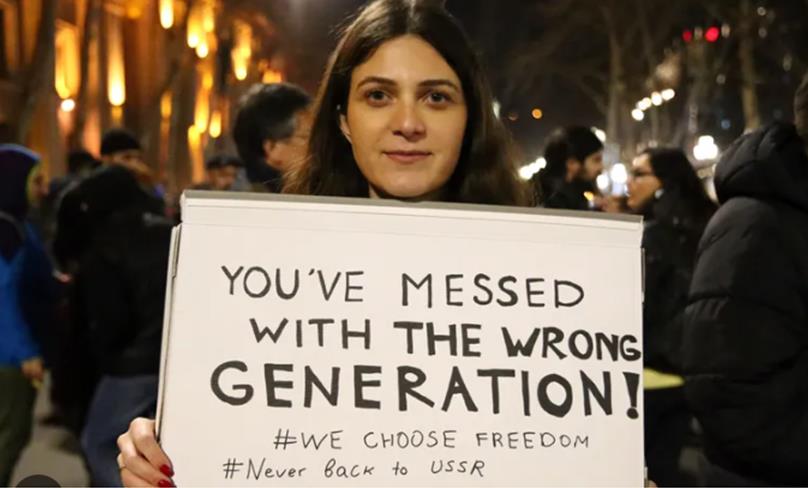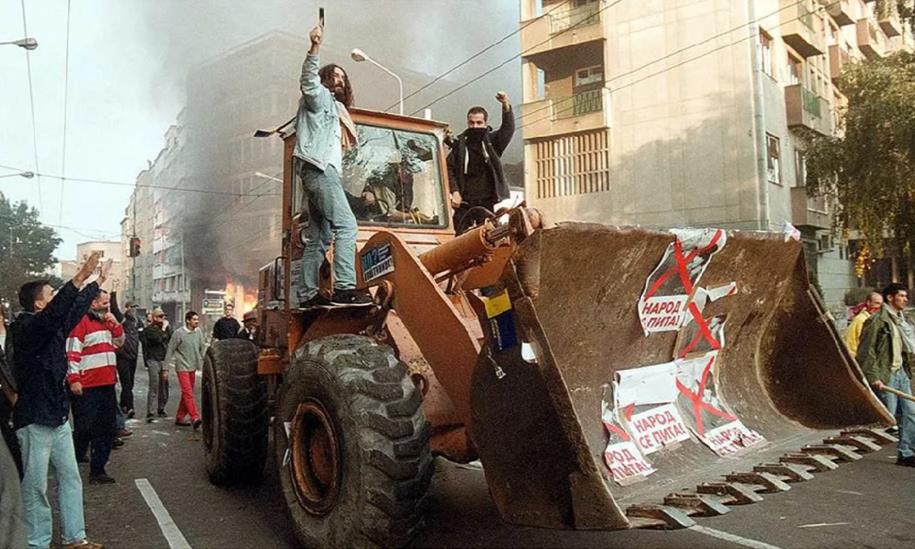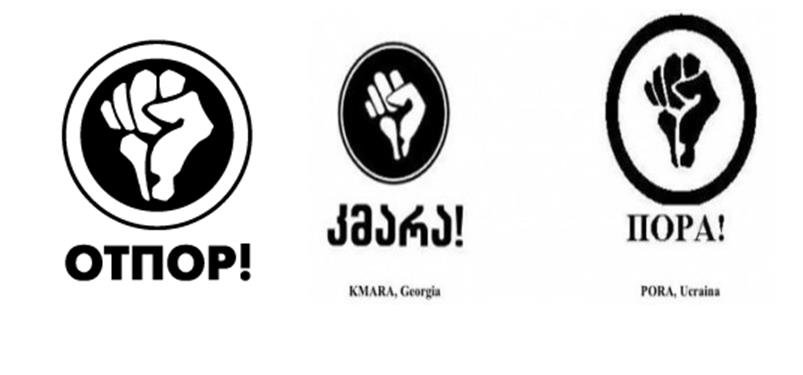(MENAFN- Trend News Agency) BAKU, Azerbaijan, May 14. Georgia and Armeniaare again at odds. Mass protests have erupted in Georgia againstthe parliament's "Foreign Influence Transparency Act." Thisproposed law demands NGOs and media outlets register if more than20 percent of their annual budget comes from foreign donors. Whilethe government frames it as "safeguarding democracy from foreigninterference," the opposition argues, "Georgia doesn't need aRussian-style law; the Georgian people choose Europe."

Among the slogans brandished by Georgian protesters: "You'vemessed with the wrong generation," "We choose freedom," "Never backto USSR."
On the other hand, the Western backers of the protests,including the US, UK, and EU, are framing this law as a tool forRussia to extend its sway over Georgia. Take the EU's statement,for instance: "This is deeply worrying, and if this law goesthrough, it'll set Georgia back in its EU integration efforts. Itsimply goes against our fundamental values." What's ironic is thatthe US enacted a similar law way back in 1938, known as the"Foreign Agents Registration Act" (FARA), which is still ineffect.
What's interesting is how, despite Russia adopting a similar lawin 2011, a good 73 years later, Western media brands it as a"Russian law," a notion seemingly fueling the protesters. Also,it's worth noting that Georgia hosts a plethora of NGOs, manyfunded from abroad. To give you an idea, there are about 25,000NGOs operating in Georgia, with a good chunk of them receivingWestern funding.
In Armenia, the protests against the return of four villages toAzerbaijan, which is an essential part of the border demarcationprocess, spilled into Yerevan on May 9. Archbishop BagratGalstanyan, spearheading the protests, is calling for ArmenianPrime Minister Nikol Pashinyan's resignation.
It'd be simplistic to view the current developments in Georgiaand Armenia as mere happenstance. Georgia holds a pivotal role as atransit hub in the South Caucasus. Remember the "Rose Revolution"in 2003? It happened with foreign support. Similarly, variouspolitical factions are vying for influence in Armenia. For overthree decades, the country has occupied a neighboring state'sterritory, keeping its border with Turkey closed and missing out onkey regional projects. Foreign actors orchestrate the ongoingprotests in Armenia, employing tactics reminiscent of those inGeorgia.
To grasp the social dynamics behind the ongoing protests, weneed to delve into the demographic landscape of both nations. Youthundoubtedly lead the forefront of protests in countries undergoingsignificant turmoil, such as Georgia and Armenia. However, it'sworth noting that both countries are seeing a trend towards anolder population. According to 2023 statistics, in Georgia, only17.4 percent of the population fell within the 15–29 age group,while in Armenia, it was 17.9 percent. Therefore, it's inaccurateto assert that the younger generation seeking change is the soledriving force behind these protests.
The current protests in Georgia and Armenia draw parallels tothe upheavals in former Yugoslavia. Take Serbia in 2000, forinstance, where the "Bulldozer Revolution" led to the downfall ofSlobodan Milosevic. Behind those protests stood the studentmovement "Otpor," fueled by foreign funding. However, analystscontend that foreign interests with stakes in the formerYugoslavian territories backed this revolution, not just agrassroots movement.

The Bulldozer Revolution in Serbia.
The international news agency "Associated Press" reported in thefall of 2000, just before the revolution began, that overseassources had pumped $34 million into Yugoslavia. It's also worthnoting that even the symbols of organizations such as "Kmara" and"Pora," which pull the strings in Georgia and Ukraine just like"Otpor" did in Serbia, have striking similarities. That alone isproof that foreign powers are employing the same tactics andmethods across different nations, following the same playbook.

Symbols of major organizations - the driving force behindprotests in Serbia, Georgia, and Ukraine.
All of this brings us to the conclusion that the current eventsin Georgia and Armenia are not unfolding by chance or naturally,but are being directed from multiple places using pre-existingscripts. Such events have occurred frequently throughout modernhistory. Yet, it's worth noting that the current political forcesand elites in these countries possess sufficient experience andknowledge to steer clear of potential upheaval scenarios.
MENAFN15052024000187011040ID1108219361
Legal Disclaimer:
MENAFN provides the information “as is” without warranty of any kind. We do not accept any responsibility or liability for the accuracy, content, images, videos, licenses, completeness, legality, or reliability of the information contained in this article. If you have any complaints or copyright issues related to this article, kindly contact the provider above.